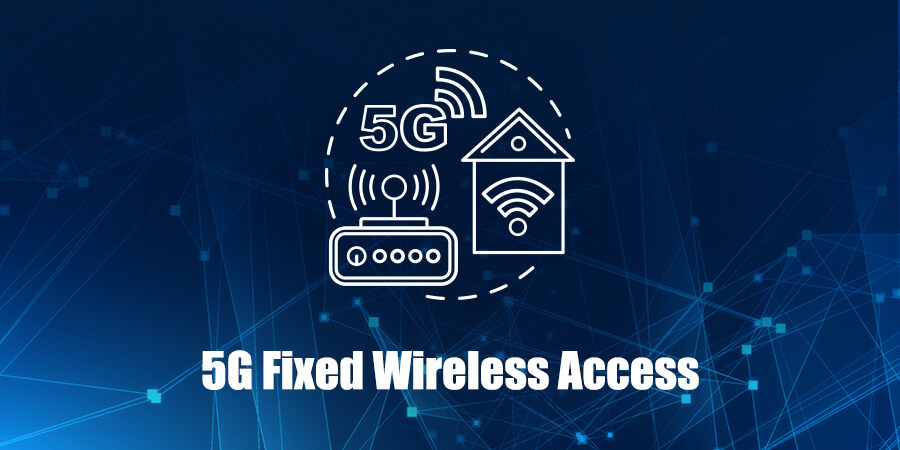In today’s hyper-connected world, access to high-speed internet has become a necessity for individuals and businesses alike. With the advent of 5G technology, the promise of ultra-fast speeds, low latency and seamless connectivity is becoming a reality. Among the various use cases of 5G, Fixed Wireless Access (FWA) is gaining significant traction, offering an alternative to traditional wired broadband for providing high-speed internet access.
A Cost-Effective and Efficient Solution
The global 5G FWA market is projected to experience robust growth in the coming years, with a Compound Annual Growth Rate (CAGR) of over 40% from 2020 to 2029, according to a recent analysis report by a leading market research firm. This growth is driven by the increasing demand for high-speed internet access, particularly in underserved areas where wired broadband infrastructure is limited or unavailable. Deploying 5G FWA networks enables telecom operators to provide last-mile connectivity without the need for physical infrastructure, making it a cost-effective and efficient solution.
Several key trends are shaping the 5G FWA market. One significant trend is the deployment of 5G FWA in rural and remote areas to bridge the digital divide and provide internet access to unserved and underserved communities. Governments and telecom operators in various regions are investing in 5G FWA networks to extend broadband coverage to rural areas, enabling economic development, education, healthcare and an improved quality of life for local communities.
Another trend is the integration of 5G FWA with other technologies, such as the Internet of Things (IoT) and Artificial Intelligence (AI). The low latency and high-speed connectivity of 5G FWA make it ideal for supporting IoT applications, such as smart agriculture, smart cities and industrial automation. Moreover, the convergence of 5G FWA with AI technologies enables advanced analytics, automation and autonomous decision-making, unlocking new possibilities for industries such as manufacturing, logistics and transportation.
Segmentation and Market Dominance
The 5G FWA market is segmented based on factors such as geography, application and end-users. North America is expected to dominate the 5G FWA market during the forecast period due to its mature telecommunications infrastructure, widespread adoption of 5G technology, presence of major technology players and telecom operators, favorable government initiatives and an increasing demand for high-speed internet access.
In terms of application, the residential segment is expected to hold a significant share of the 5G FWA market, driven by the increasing demand for high-speed internet access for home broadband, smart homes and entertainment applications. The enterprise segment is also expected to witness significant growth, fueled by the adoption of 5G FWA for enterprise connectivity, including remote offices, industrial automation and cloud-based services.
End users in both the consumer and business segments are expected to contribute to the growth of the 5G FWA market. Regarding consumers, the rising demand for high-speed internet access for online gaming, video streaming and smart home applications is driving the adoption of 5G FWA as a reliable and fast internet option. In the business segment, various industries such as manufacturing, logistics, transportation and healthcare are adopting 5G FWA for their connectivity needs, enabling advanced applications and improving operational efficiency.
A Promising Future for This Technology
As the evolution of 5G technology progresses, the potential for 5G FWA to revolutionize connectivity is vast. Its ability to provide high-speed internet access in rural and remote areas while supporting advanced applications and enabling seamless connectivity for consumers and businesses can help bridge the digital divide and drive economic development.
However, challenges need to be addressed, including the availability of the 5G spectrum, robust infrastructure requirements and regulatory considerations. Still, the competitive landscape of the 5G FWA market is rapidly changing. Various technology players, telecom operators and start-ups are entering the arena, leading to heightened competition and innovation.
As the demand for high-speed internet access increases, particularly in underserved regions, 5G FWA is expected to play a crucial role in closing the connectivity gap and enabling advanced applications in diverse industries. With continued advancements in 5G technology and infrastructure, the 5G FWA market is projected to grow substantially. And this is sure to shape the future of global connectivity.







